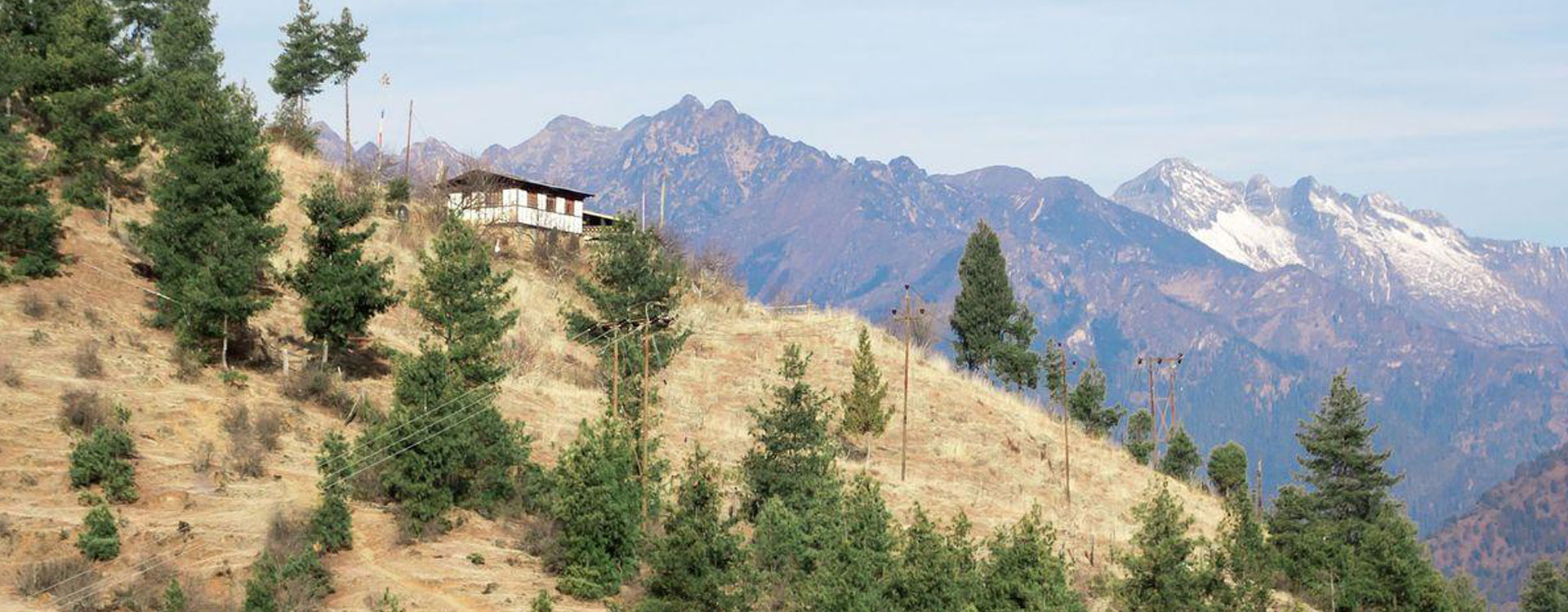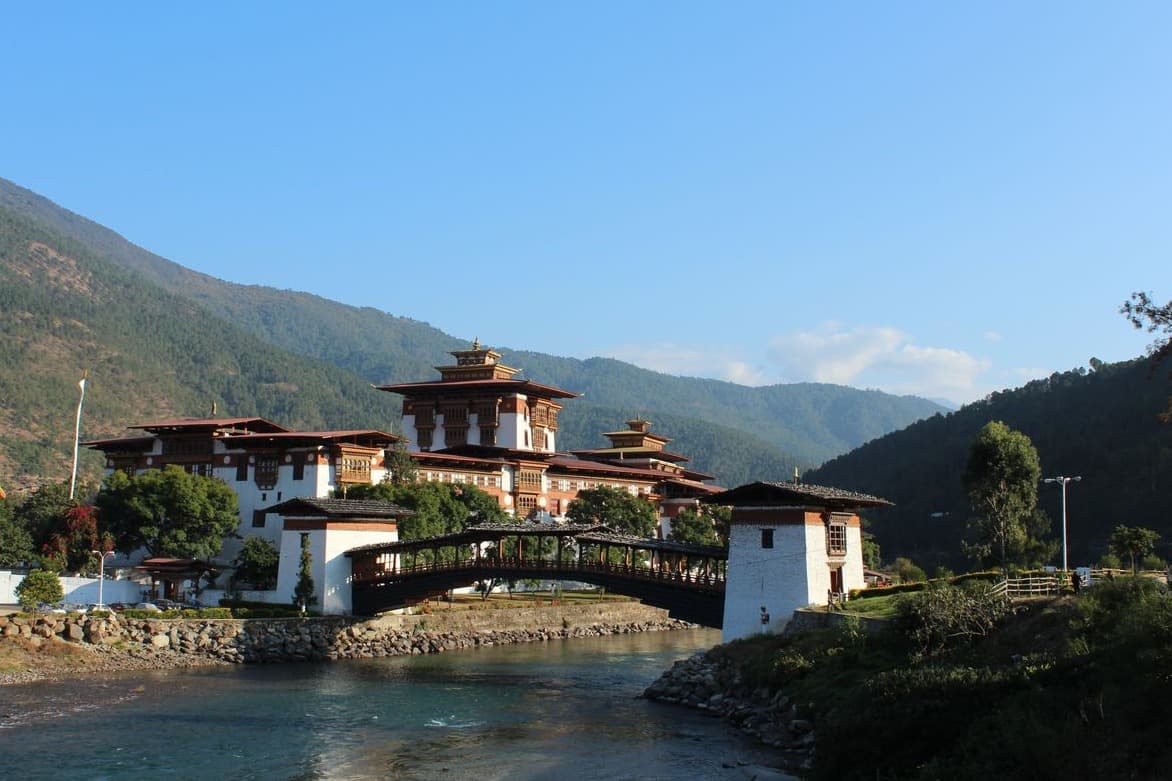Trekking in Bhutan is a lovely experience mainly because of the well conserved natural environment. The trails pass through the rocky terrains, vast meadows, and pristine mountain valleys. There are high-altitude trekking trails amidst the beautiful flora and fauna.
The pink and red rhododendron trees cover the trail in the spring season. You can find yaks grazing along and the blue sheep and takin moving in a group in these mountain trails. The trails also lead us to the nomadic yak herders where you can explore their rustic lifestyle.
Unlike Nepal(the land of mount Everest), many mountains remain unconquered as they are considered as deities. However, you will have great views of some of the highest mountains in the world. The treks in Bhutan are physically demanding. The treks range from 2-3 days to 27 days. You can reach the high mountains of Bhutan and mountain valleys like Laya and Lingzhi.
The spectacular Jhomolhari trek and Snowman trek are the two most popular treks in Bhutan. Besides that, the 27-day Snowman Trek is a challenging trek that requires high-altitude passes crossing and camping. The Dagala Thousand Lakes treks and the Laya Gasa treks are relatively easier and have a shorter itinerary than the Snowman Trek. The shorter treks of Jumolhari, Owl Treks, and Druk Path are perfect multi day treks in Bhutan.
Trekking offers a unique perspective of the Himalayas. You can seek great adventures within a short span of time. Prayer flags cover the scenic passes of the region. The local professional guides will help you explore the region and the luggage gets carried by ponies. Exploring the century-old traditions along the trail is a fantastic experience.
The most important thing to note is that unlike trekking in Nepal, there are no lodges or tea houses along the trails while trekking in Bhutan. You will need to camp all along the trek. The high altitude treks also mean that you will need to camp in the snow. However, there are specially designed campsites that are placed around the beautiful surroundings of glacial waterfalls and lakes.
You should prepare yourself with warm clothing and gear for the trek in the high altitude conditions(you may suffer from altitude sickness). Since there are no village settlements along the trail, all food supplies must get carried by the trekkers themselves. The good thing is that a guide will be present at all times to help you with the food supplies and other help along the trek.
The trek in Bhutan is ideal from the month of April to early June and September to November. The months of April and October are quite popular trekking seasons and you can expect the trails to get quite crowded. The warm temperatures in the daytime is perfect for trekking whereas the nights can get freezing cold.
The trails tend to get muddy in the rain, hence the rainy season is not favourable for trekking. One thing to remember is that the high passes in the country close from mid-November till April. Thus, these periods are not available for trekking in Bhutan. Overall, trekking in Bhutan is a great adventure in the lap of mother nature.


